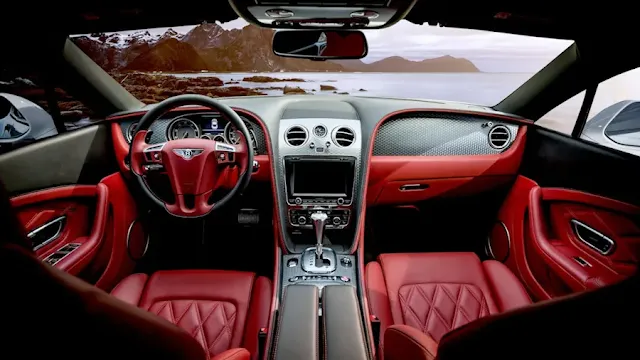
Table of Contents
After a car accident results in a total loss, you may wonder whether to cancel your car insurance, especially if your vehicle is undrivable and your next premium is due. Canceling might seem like a way to save money, but it can lead to higher costs and complications down the road. This guide explores the risks of canceling insurance after a total loss, the benefits of maintaining coverage, and alternatives like non-owner policies to keep your rates affordable.
What Is a Total Loss?
A total loss occurs when the cost to repair your car exceeds its actual cash value (ACV), typically 70–75% of its worth, as determined by your insurer. This can happen after a severe accident, flood, or other major damage. Once declared totaled, your insurer pays the ACV (minus your deductible) and usually takes possession of the vehicle, unless you opt to keep it with a salvage title. Learn more about total loss at Insurance Information Institute.

How Does a Lapse in Coverage Affect Rates?
Canceling your car insurance after a total loss creates a lapse in coverage, which insurers view as a risk factor. If you buy a new vehicle within a few months, you could face higher premiums due to this gap. A lapse signals to insurers that you’re less reliable, potentially increasing rates by 20–30% or more. Maintaining coverage, even briefly, helps preserve your insurance history and avoid costly rate hikes. Check rate factors with providers like Geico.
What Is a Non-Owner Policy?
A non-owner car insurance policy provides liability coverage for drivers who don’t own a vehicle but occasionally drive, such as when renting or borrowing a car. This affordable option prevents a coverage lapse, maintaining your insurance history and no-claims discount. Non-owner policies are ideal if you plan to buy a new car soon. For details, visit NerdWallet’s Non-Owner Insurance Guide.
Should You Cancel Insurance After a Total Loss?
Canceling insurance after a total loss may seem practical, but it carries risks. A coverage gap can lead to higher premiums, loss of no-claims discounts, and complications with open claims. If you plan to replace your vehicle soon, maintaining your policy or switching to a non-owner policy is often wiser. Weigh the short-term savings against long-term costs before deciding. For more insights, see Bankrate’s Guide to Canceling Car Insurance.
What Happens if You Cancel with an Open Claim?
Canceling your insurance while an open claim is pending can jeopardize your payout. Insurers may delay, deny, or close the claim if your policy is no longer active, leaving you without compensation. To avoid this, wait until your claim is fully resolved before making changes to your policy. Consult providers like Progressive for claim process details.
Will Canceling Affect Your No-Claims Discount?
Yes, canceling your car insurance can result in losing your no-claims discount, a benefit that reduces premiums for claim-free years. This loss can significantly increase rates when you insure a new vehicle. To preserve your discount, consider transferring your policy to a new car or opting for a non-owner policy instead of canceling. Learn more about discounts at Allstate.
Steps to Take After a Total Loss
To manage your insurance after a total loss, follow these steps:
- Resolve Open Claims: Ensure all claims are settled before considering cancellation.
- Evaluate Coverage Needs: Decide if you’ll buy a new car soon or need temporary coverage.
- Consider a Non-Owner Policy: Maintain liability coverage to avoid a lapse and preserve discounts.
- Compare Insurance Options: Shop for new policies or adjust your current one when you replace your vehicle.
- Notify Your Lender: If you have a car loan, inform your lender about the total loss and insurance changes.
Canceling car insurance after a total loss may seem like a cost-saving move, but it can lead to higher premiums, lost discounts, and claim complications. By maintaining coverage or opting for a non-owner policy, you can protect your insurance history and avoid future costs. Act strategically to ensure a smooth transition after a total loss.













